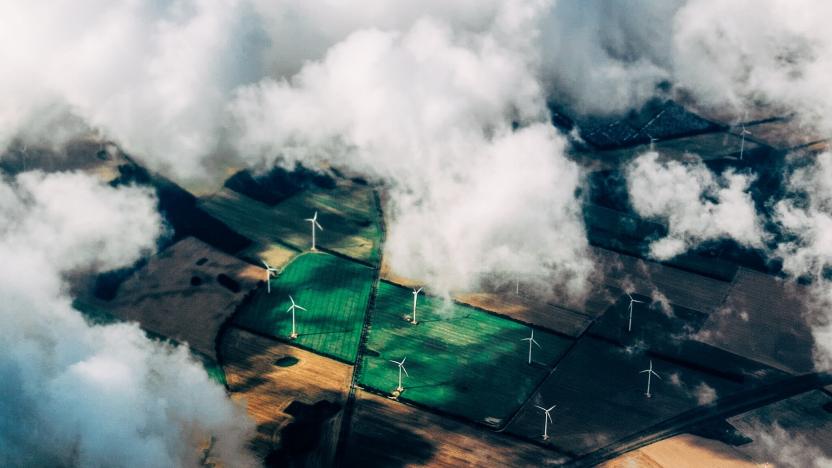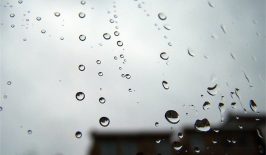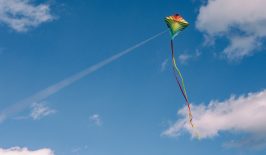Higher, more efficient and definitely more mobile – students at the ETH Zurich are breaking new ground with a special airborne device for harvesting energy from the wind.
The ETH Zurich, a university in Switzerland, keeps making a name for itself through very innovative projects like the project ftero, that wants to break new ground with wind energy harness by using a so-called Airborne Wind Energy System (AWE). The system is currently considered a promising option that could surpass the efficiency of conventional wind turbines.
An Airborne Wind Energy System consists of a lift-generating flight system, which is similar to a kite connected to a ground station by a rope or a cable. The length of the rope is, therefore, adjustable so the flight system can reach high altitudes, where the wind blows more often and more consistently.
Electricity harvested from the sky
The electricity is generated by a generator inside the ground station. This rooted to the soil variant is called “Ground-Based Power Generation”. Another possibility of power generation would be the “onboard power generation” where the power is generated directly in the aircraft, e.g. through a propeller turning in the wind.
But how exactly does the power harvest work? The energy is obtained in two separate phases: During the traction phase, the buoyancy of the wing is transmitted via a rope to a generator. The pulley is unrolled continuously, thereby generating electricity until the maximum rope length is reached. In the second phase – the retraction phase – the blade is caught again. Through an optimized control and the wing shape, less energy is consumed than what was generated in the first phase. The bottom line is a Net Energy Gain. The efficiency of the system should be additionally increased by a circular trajectory. The wing is made of carbon fibre reinforced plastic (CFRP) to be able to defy the great forces up there.
Another special feature of the flying power generator is the so-called Morphing. Morphing makes it possible to deform the wing continuously during the flight. This enables it to operate at different, even very strong wind speeds and the execution of control commands is facilitated. The whole system is a vertical starter and should be controlled autonomously.
The energy-harvesting missile opens up new operational locations worldwide
Compared to conventional wind turbines, the system has several advantages: Airborne Wind Energy systems can operate much more energy-efficiently due to better wing utilization. Because they can also be at higher altitudes, they can achieve stronger and more consistent winds.
In addition to that, the AWE system doesn’t require a concrete foundation, making it very flexible. It can easily be transported on a single truck or trailer and theoretically set up and dismantled on any terrain. This opens up new locations around the world.
However, the concept of Airborne Wind Energy Systems is still in its fledgling stages. Whilst there has not yet been a comparable solution that has reached the market maturity, there are already some on the way. For example, we have recently reported about Enerkite and Makani. But the young team of both ambitious mechanical engineering and electrical engineering students at ETH Zurich is optimistic and are being supported not only by the ETH but also by CMASLab and they are working with the expertise of other institutes.
The main aim of the project is to show that at the field of energy production, new unconventional technologies can be discovered for the energy supply of the future. However, there are still some hurdles to overcome, such as the problem the flying device is iced at high altitudes, the danger of it falling and other safety issues at the airspace. But whether the new missiles will prove themselves, still remains exciting.
This is a translation by Ana Galán of an original article which first appeared on RESET’s German-language site.





